12 Tips for Maximizing Your Physical Therapy Sessions
Physical therapy can be a crucial step in recovery or fitness goals. Whether you're dealing with an injury or simply looking to improve your mobility, making the most of your sessions in bustling cities like New York, Seattle, or San Diego can elevate your experience. Here are some expert tips to help you maximize the benefits of your physical therapy sessions.
1. Set Clear Personal Goals
Before starting your therapy, define what you hope to achieve. Share these goals with your therapist to tailor your sessions accordingly.
Whether it's rebuilding strength after surgery or enhancing flexibility, clarity on your objectives can profoundly influence your program. Taking a moment to jot these goals down can serve as a daily reminder of your commitment and motivate you to stay engaged throughout your recovery.
2. Stay Consistent with Appointments
Regular attendance is key to progress. Establish a routine that makes your therapy a non-negotiable part of your schedule.
Consider scheduling your appointments at a fixed time each week, much like any crucial task. In a city as busy as New York, it’s easy to let other commitments overshadow your therapy. Thus, treating it like a vital meeting can reinforce its importance and ensure you make the most of your scheduled sessions.
3. Arrive Prepared
Come to your sessions wearing appropriate clothing and having any necessary items, like water or gear, to ensure you can fully engage.
Preparation goes beyond attire. Bringing along a notebook to jot down insights or questions that arise during your session can enhance your understanding. All this equips you to focus solely on your therapy rather than worrying about the logistics.
4. Communicate Openly with Your Therapist
Share feedback on what feels good or any pain you experience. Open communication can help your therapist adjust the approach for optimal results.
Being candid about your physical state fosters an atmosphere of trust and collaboration. Don’t hesitate to discuss your comfort levels, as your therapist can modify exercises to suit your needs better. They thrive on your input and consider it pivotal in crafting the most effective treatment plan.
5. Practice Exercises at Home
Incorporate the exercises assigned to you during your sessions into your daily routine for improved strength and flexibility.
Creating a home routine reinforces what you learn in therapy. Set specific times each day to dedicate a few minutes to those exercises. Consistency in your practice can bolster the gains you make during official sessions and is essential for your overall progress.
6. Stay Positive and Patient
Focus on the progress you are making rather than the setbacks. A positive attitude can significantly influence your recovery journey.
Recovery is rarely linear, and you’ll likely encounter challenges along the way. Embrace small victories, like being able to perform another rep or a slightly improved range of motion. Keeping the momentum of positivity will fortify your resolve even through tougher patches.
7. Educate Yourself on Your Condition
Understanding your diagnosis can empower you to better engage in your therapy and make informed decisions about your health.
Take the initiative to research credible resources or even ask your therapist for recommended reading. Better knowledge of your condition boosts your ability to ask the right questions, aiding you in taking a more proactive role in your recovery.
8. Incorporate Relaxation Techniques
Practicing relaxation methods such as deep breathing or meditation can help manage pain and reduce anxiety before and during sessions.
Stress can exacerbate physical pain, and finding ways to relax can make your therapy more fruitful. Consider adding mindfulness practices to your daily routine; simply five minutes of deep breathing before your session can significantly alter your mindset and ease any tension.
9. Leverage Technology for Support
Use apps or wearable devices to track your progress, remind you of exercises, or even connect with support groups in New York City.
In a tech-savvy metropolis like New York, embracing innovation can enhance your therapy experience. Consider utilizing platforms that allow direct communication with your therapist or those that offer forums to discuss experiences with others facing similar challenges. These tools not only streamline your progress tracking but also foster a community of support.
10. Nourish Your Body Effectively
Eat a balanced diet that supports your physical therapy efforts. Nutrition plays a pivotal role in healing and strength-building.
Focus on whole foods rich in protein, vitamins, and minerals to fuel your body. Consider consulting with a nutritionist who understands the demands of physical therapy and can guide you toward the best dietary practices to complement your recovery.
11. Evaluate Your Progress Regularly
>Periodically assess your improvement with your therapist to celebrate successes and adjust goals as needed.
Using each assessment as a checkpoint not only celebrates your hard work but also allows for necessary modifications in your strategy. This dialogue can keep your goals realistic and motivated, ensuring you remain aligned with your ultimate recovery ambitions.
12. Build a Support System
Engage family and friends in your recovery journey by sharing your goals and asking for their encouragement and assistance.
Having a solid support network can dramatically enhance your motivation. Involve your loved ones by sharing your achievements and struggles; their encouragement can provide the emotional lift you may need, especially on tough days. Choosing to include others in your journey means you have a built-in cheering squad to celebrate your victories with.


